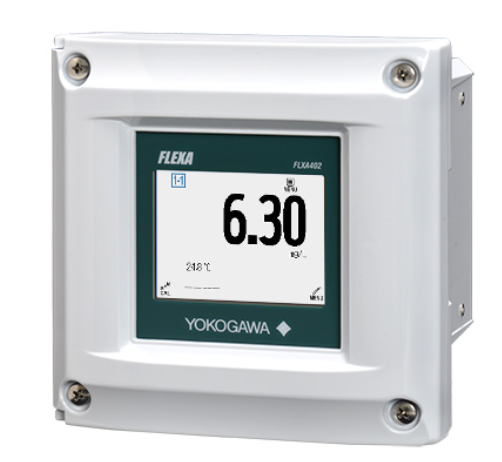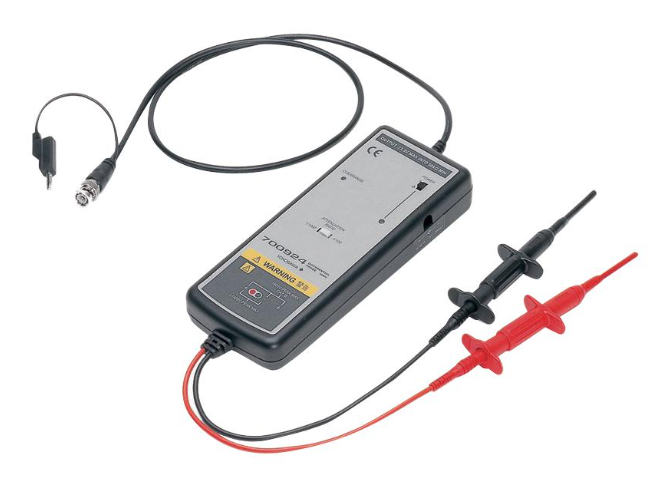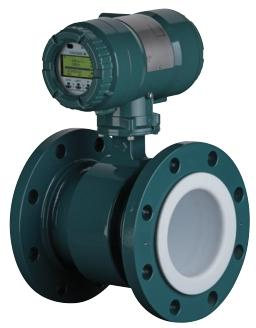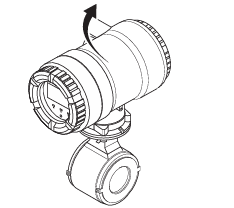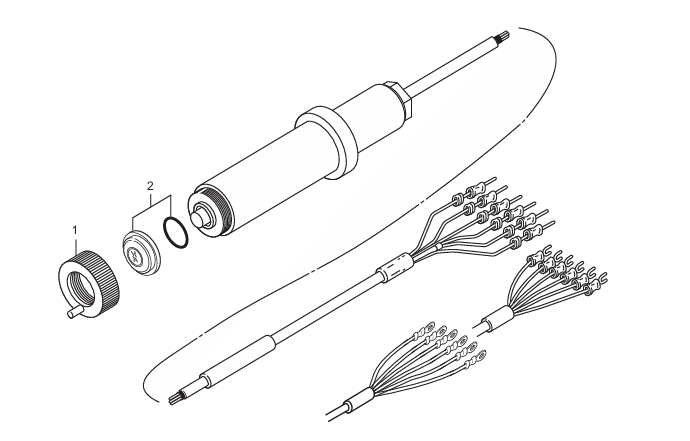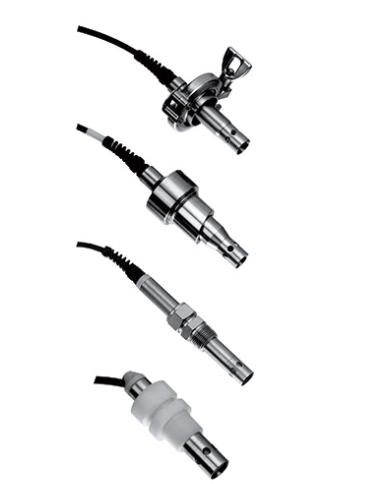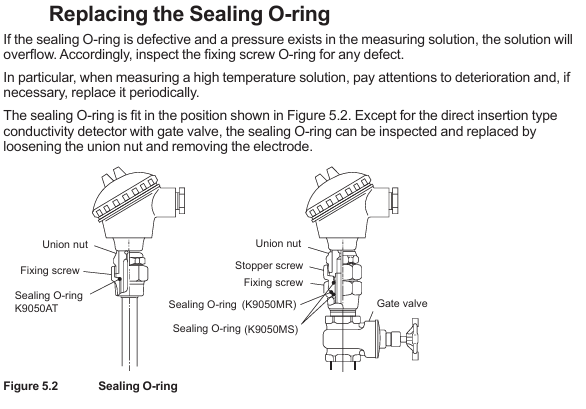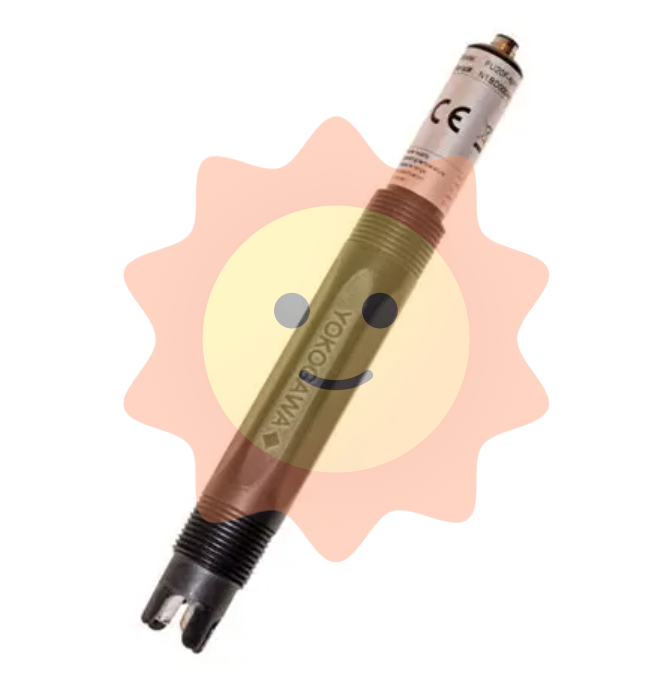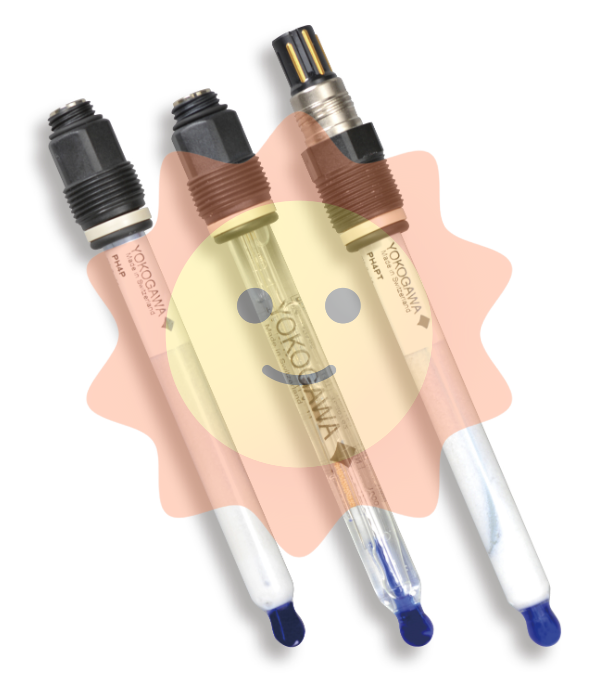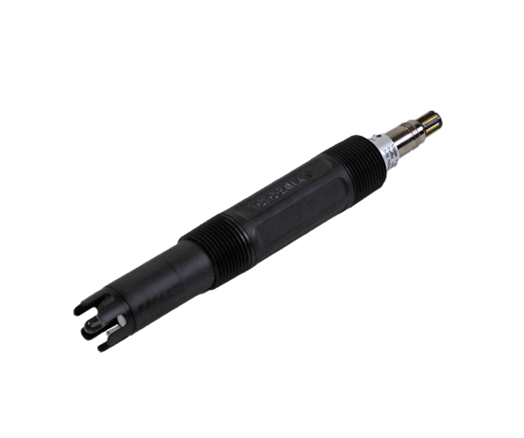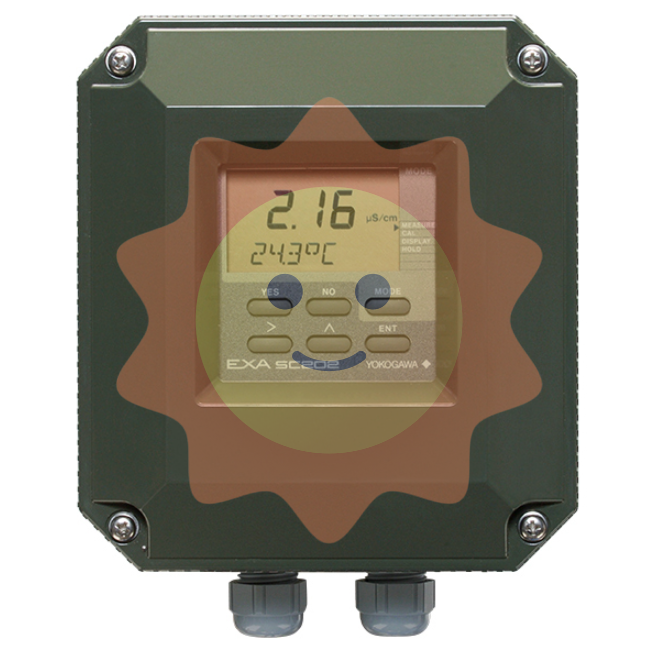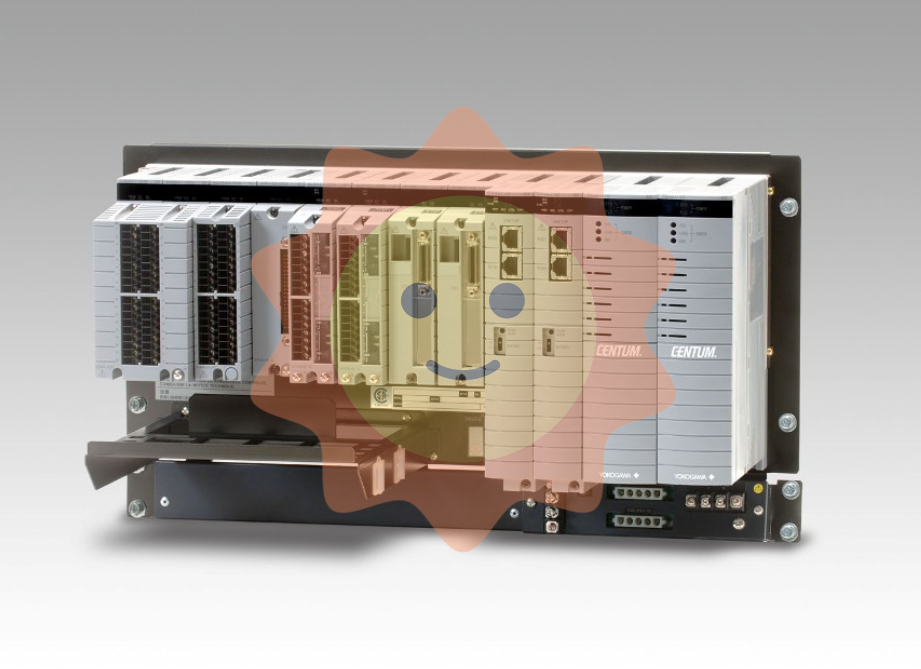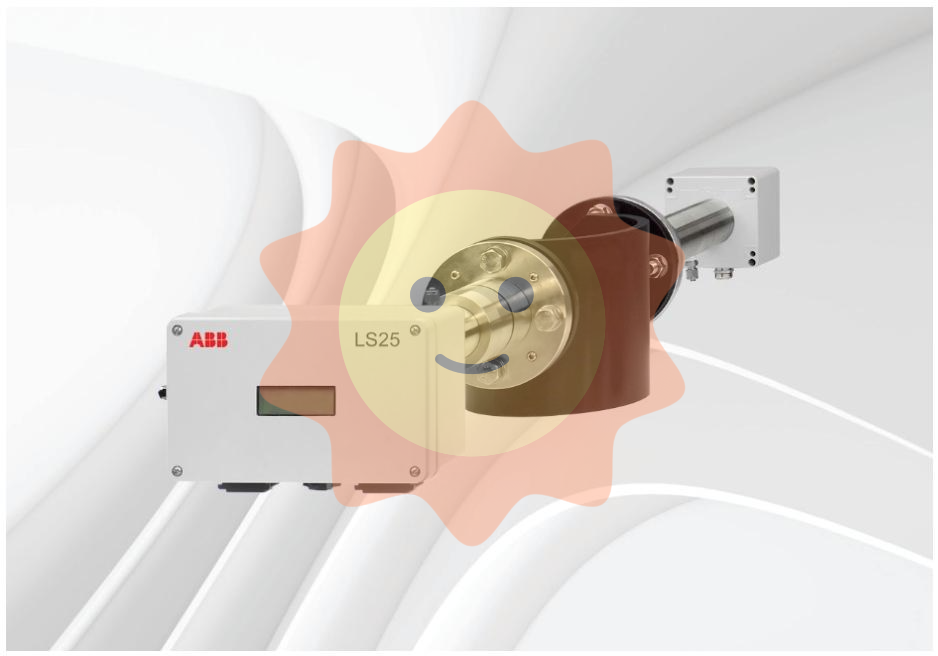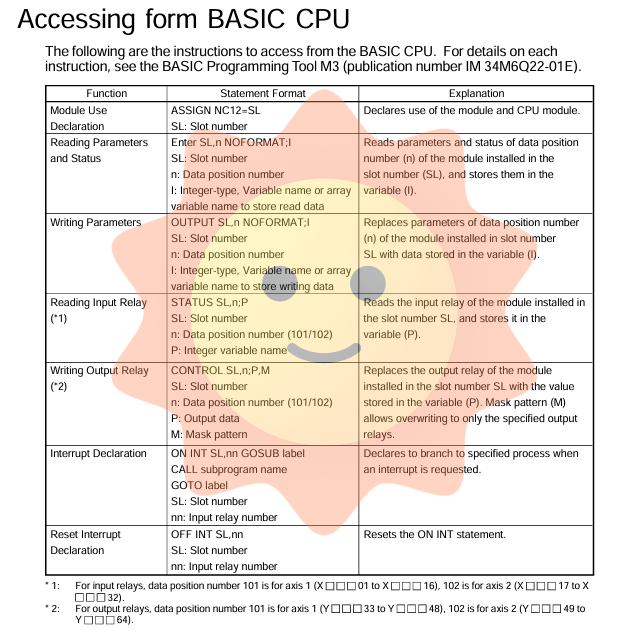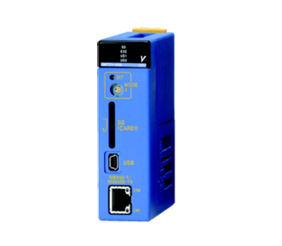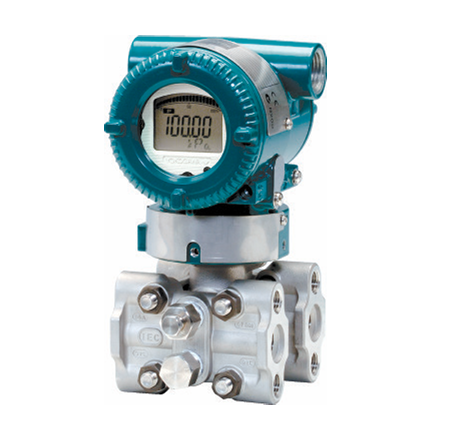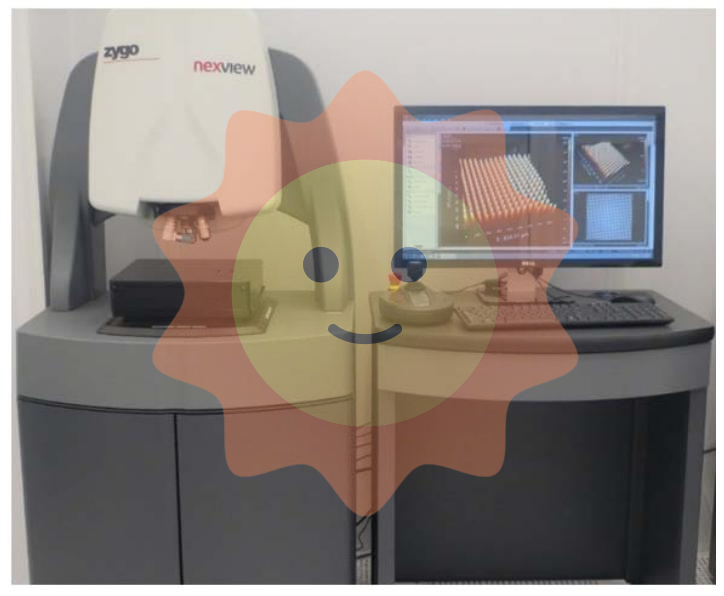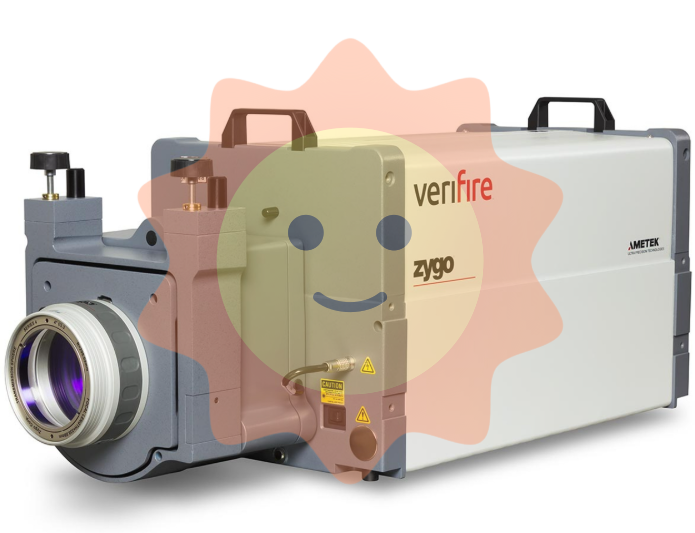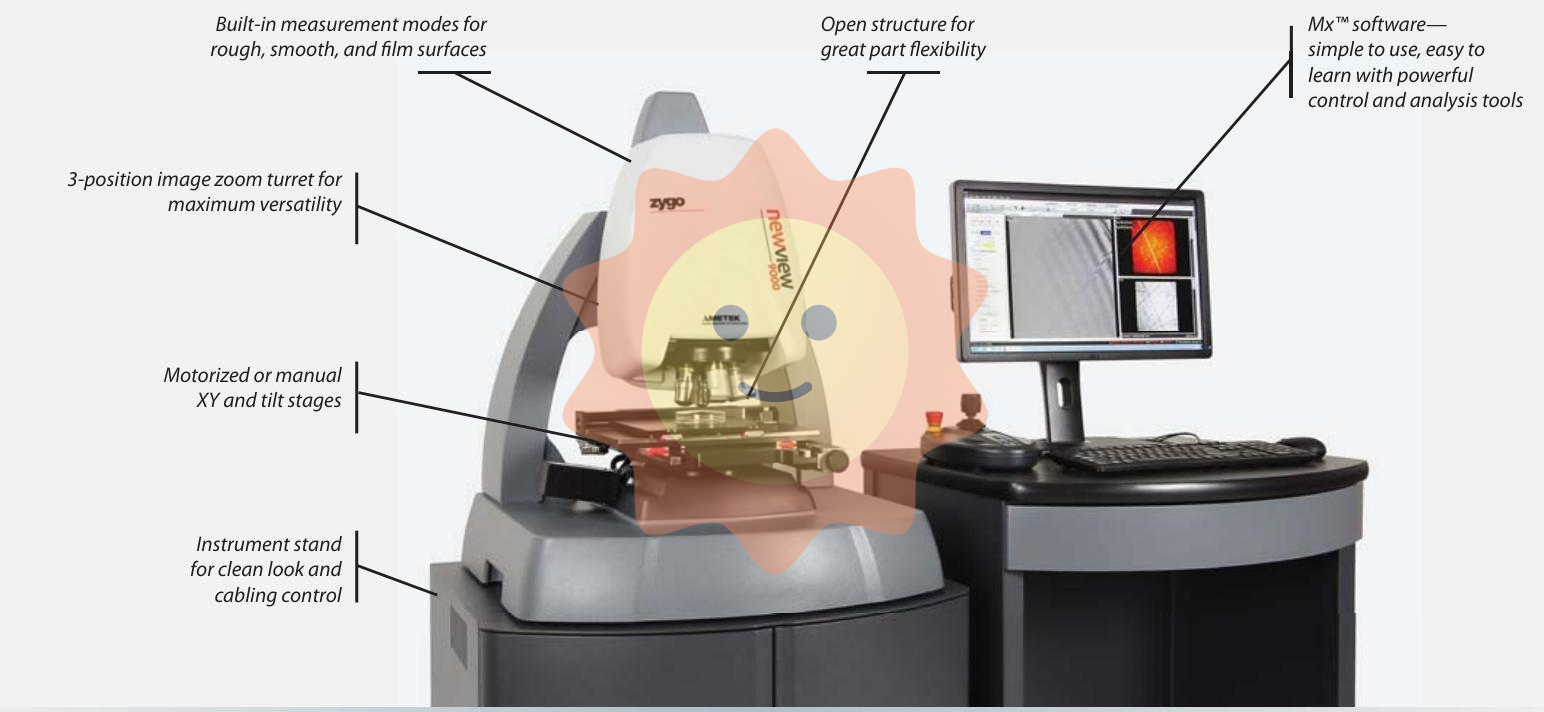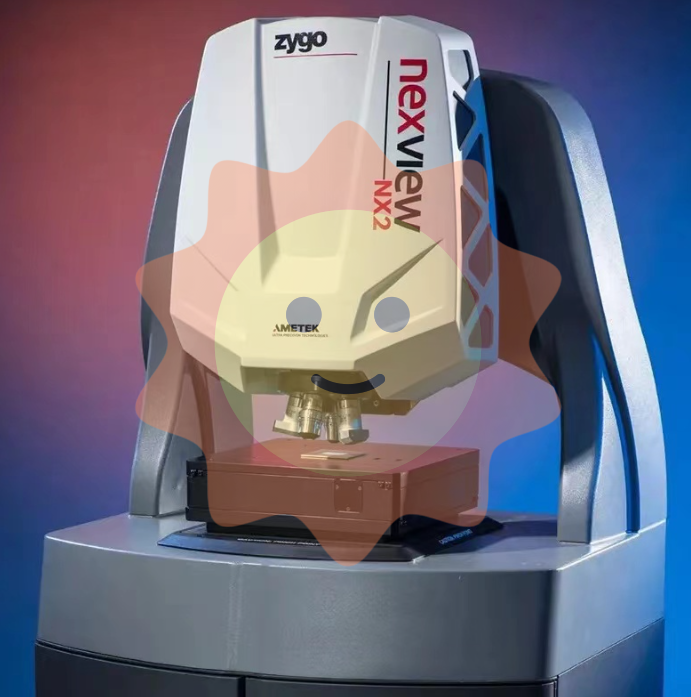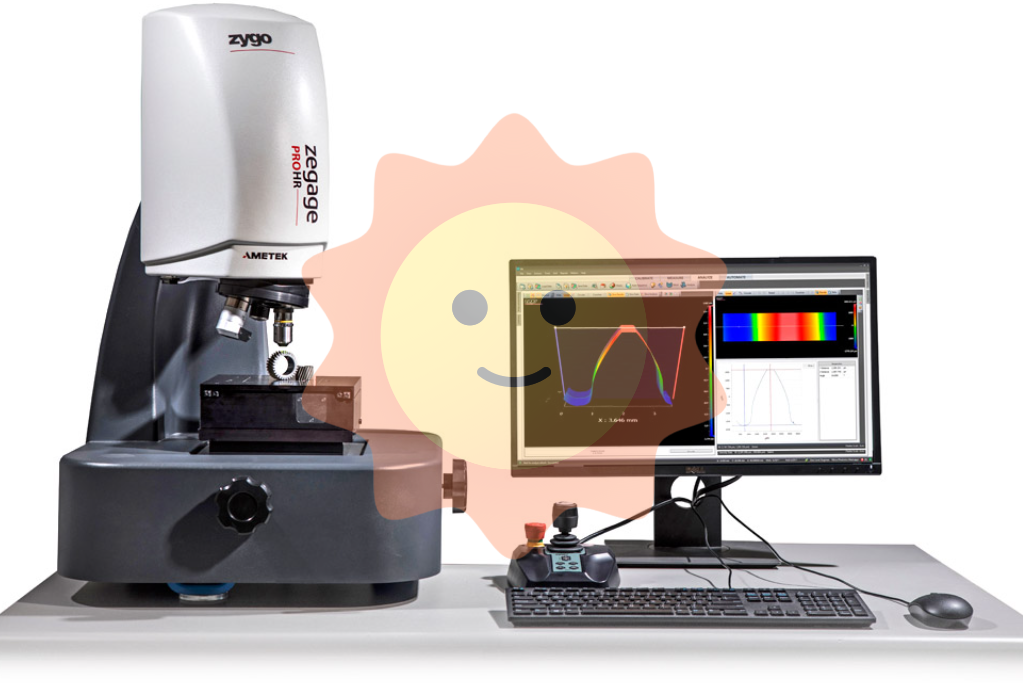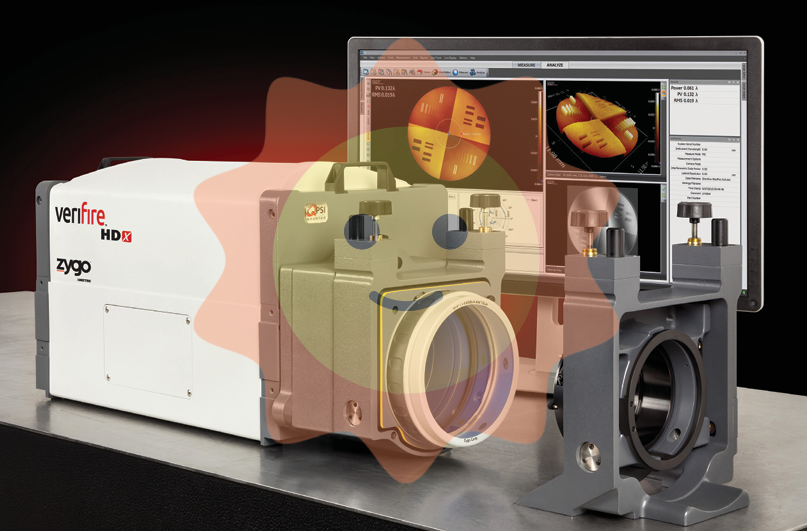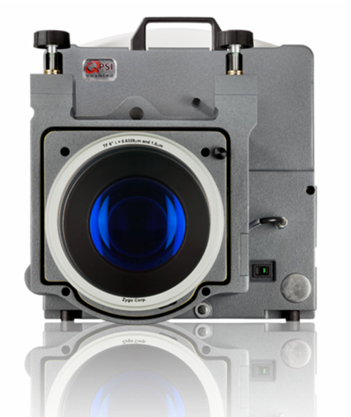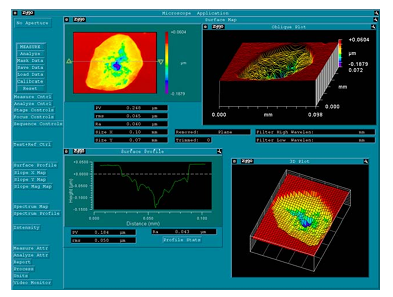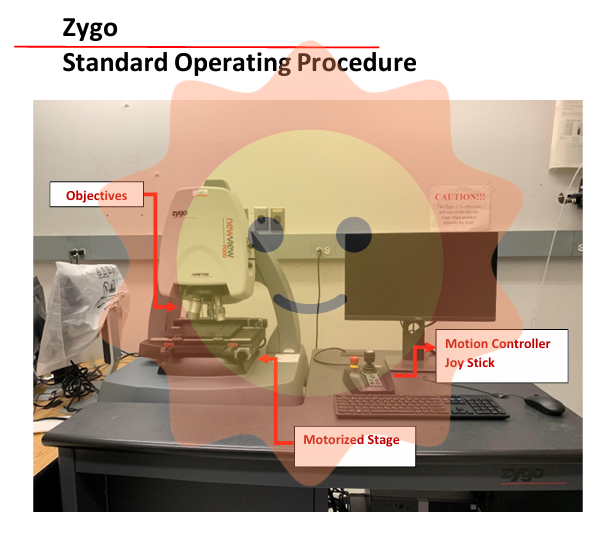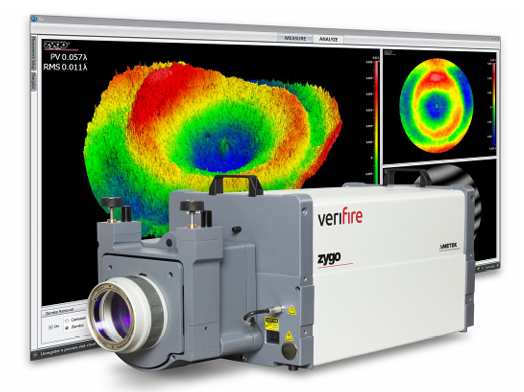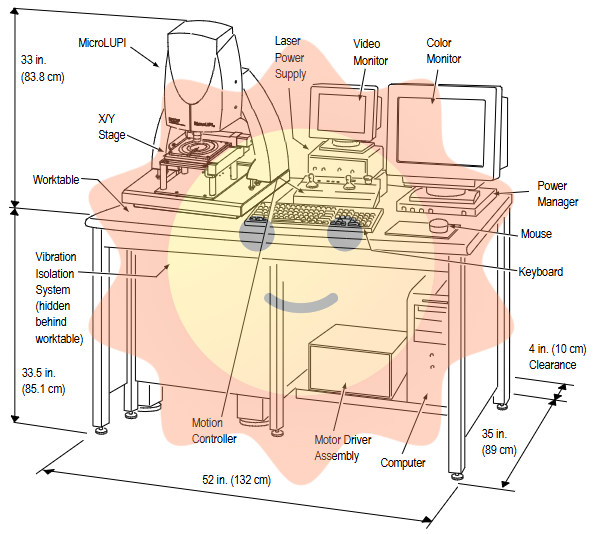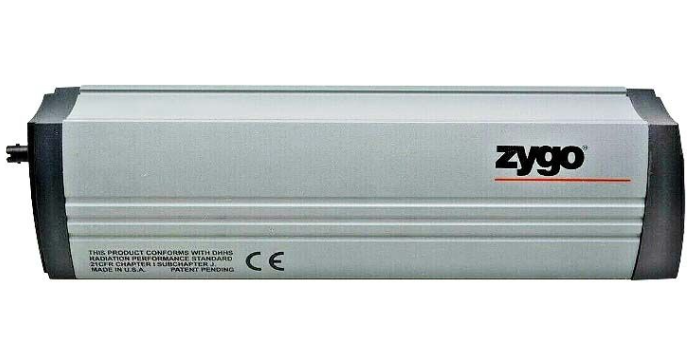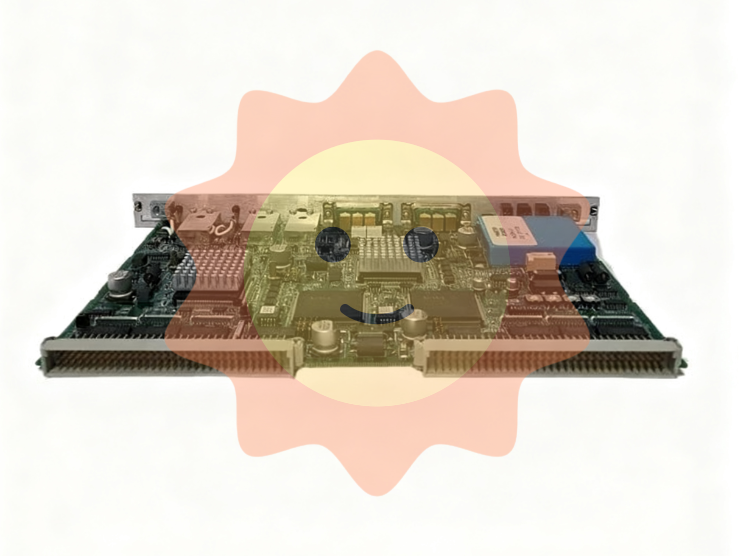The ABB O3ES HENF445789R1 digital input module is a high-precision signal acquisition unit designed for industrial automation scenarios. Its core function is to reliably collect, isolate, and transmit discrete digital signals on site, such as equipment start stop status, limit switch signals, alarm signals, etc. As a key extension component of distributed control system (DCS) and PLC, this module can directly interface with on-site devices such as buttons, proximity switches, photoelectric sensors, etc., convert the collected switch signals into system recognizable digital signals, upload them to the central controller, and provide real-time and accurate on-site status data for control decision-making.
ABB O3ES HENF445789R1 Digital Input Module
Product Overview
The ABB O3ES HENF445789R1 digital input module is a high-precision signal acquisition unit designed for industrial automation scenarios. Its core function is to reliably collect, isolate, and transmit discrete digital signals on site, such as equipment start stop status, limit switch signals, alarm signals, etc. As a key extension component of distributed control system (DCS) and PLC, this module can directly interface with on-site devices such as buttons, proximity switches, photoelectric sensors, etc., convert the collected switch signals into system recognizable digital signals, upload them to the central controller, and provide real-time and accurate on-site status data for control decision-making.
Based on ABB's industrial grade hardware design standards, the O3ES module adopts enhanced isolation technology and anti-interference circuits, which can adapt to harsh on-site environments with high electromagnetic interference and high vibration in industries such as metallurgy, chemical engineering, and power; Its modular and standardized design not only facilitates quick installation and system expansion, but also has fault self diagnosis function, greatly reducing the difficulty of operation and maintenance. It is the core component for achieving "perception layer control layer" signal transmission in industrial automation systems.
Core functions and technical features
2.1 Core Functions
-Multi channel signal acquisition: Equipped with 16 independent digital input channels, each channel supports 24V DC wet contact signal input, compatible with PNP/NPN signal types, and can simultaneously collect 16 on-site device status signals to meet multi-point monitoring requirements.
-Enhanced signal isolation: Adopting channel level optoelectronic isolation design, the isolation voltage between the input signal and the internal circuit and power circuit of the module reaches 2500Vrms/1min, effectively blocking the transmission of on-site interference signals, avoiding module breakdown by high-voltage signals, and ensuring system safety.
-High speed signal response: The module input signal response time is ≤ 1ms, supports high-frequency pulse signal acquisition (up to 1kHz), and can accurately capture rapidly changing equipment status signals (such as high-speed conveyor limit signals) without signal delay or packet loss.
-Flexible System Adaptation: Equipped with dual communication interfaces of PROFINET and Modbus RTU, it can seamlessly integrate with ABB AC500 PLC, Freelance DCS, and third-party mainstream control systems. It supports plug and play configuration, reducing the difficulty of system integration.
-Comprehensive fault diagnosis: It has multiple diagnostic functions such as channel faults, communication interruptions, and power abnormalities. Through dual feedback of fault information through onboard LED indicator lights and communication messages, it can quickly locate the faulty channel and cause, and improve operation and maintenance efficiency.
2.2 Technical Features
-High reliability structure: Adopting a fanless enclosed design and PCB triple anti coating (moisture-proof, salt spray resistant, mold resistant), the working temperature range is -25 ℃~+70 ℃. It has passed the IEC 60068-2-6 vibration test and IEC 60068-2-27 impact test, with an average time between failures (MTBF) of over 100000 hours.
-Strong anti-interference performance: meets the EN 61000-6-2 industrial anti-interference standard, with ± 2kV ESD electrostatic protection and ± 1kV surge protection capabilities, and can still stably collect signals in strong interference environments such as frequency converters and welding machines.
-Simplified installation design: Adopting a 35mm DIN rail snap fit installation, the size is only 120mm x 80mm x 32mm (length x width x height), which can be densely installed in the control cabinet, saving installation space and reducing installation time by 50% compared to traditional modules.
-Convenient debugging and maintenance: Each input channel is equipped with an independent LED status indicator light, which displays the presence or absence of channel signals in real time; Support online channel diagnosis and parameter configuration through ABB Control Builder software, maintenance can be completed without disassembling the module.
-Wide power supply adaptation: Supports DC 24V ± 20% wide voltage input, built-in power overcurrent and overvoltage protection circuits, can adapt to power fluctuations in industrial sites, and reduce module failures caused by unstable power supply.
Key technical parameters
parameter category
Specific parameters
Instructions
Model identification
O3ES HENF445789R1
O3ES is the product model, HENF445789R1 is the component code (including version information)
input channel
16 independent digital inputs, supporting PNP/NPN switching
Each channel is isolated from each other and works independently
Input signal type
24V DC wet contact signal, input current 3-10mA
Compatible with mainstream digital devices such as proximity switches and photoelectric sensors
response time
≤ 1ms (from signal input to communication output)
Supports high-frequency signal acquisition up to 1kHz
communication interface
1 PROFINET, 1 RS485 (supporting Modbus RTU)
Communication speed 1200-115200bps configurable
working power supply
DC 24V ± 20%, ripple ≤ 100mV
Equipped with reverse connection protection and overcurrent protection (3A fuse) function
isolation level
Between channels/between channels and systems: 2500Vrms/1min
Compliant with IEC 61010-1 safety standard
environmental parameters
Working temperature: -25 ℃~+70 ℃; Relative humidity: 5%~95% (no condensation); Protection level: IP20
Adapt to dense installation scenarios inside control cabinets
Installation method
35mm DIN rail snap fit installation
Size: 120mm x 80mm x 32mm (length x width x height)
Adaptation system
ABB AC500/AC800 series PLC, Freelance DCS, third-party PROFINET compatible system
Support system level address allocation and batch configuration
Applicable scenarios and typical applications
The O3ES HENF445789R1 digital input module is widely used in the signal acquisition process of various industrial automation systems due to its high reliability, multi-channel design, and strong compatibility. Typical applications include:
1. Production line equipment status monitoring: In the automotive parts assembly production line, 16 channels collect the start stop status and fault alarm signals of robots, conveyors, and tightening machines at each workstation, and upload them to the central PLC through PROFINET to achieve centralized monitoring of the production line operation status. When a certain equipment is abnormal, the faulty workstation can be quickly located.
2. Chemical workshop safety interlock: In the chemical reaction workshop, the status signals of safety valves, emergency stop buttons, liquid level switches, and pressure switches are collected to form a safety interlock with the DCS system. When a danger signal is detected (such as excessive liquid level or abnormal pressure), the system emergency shutdown is immediately triggered to ensure production safety.
3. Monitoring of power substation equipment: In small and medium-sized substations, the opening and closing status of circuit breakers, isolation switches, and grounding switches, as well as cabinet door switch signals, are collected and uploaded to the monitoring system through Modbus RTU protocol to achieve remote monitoring and unmanned operation of substation equipment, reducing the workload of operation and maintenance personnel.
4. Logistics warehousing sorting system: On the sorting line of automated logistics warehousing, signals from photoelectric sensors and limit switches are collected to identify the position and sorting status of goods. The signals are transmitted in real time to the sorting controller to control the action of the sorting robotic arm and ensure accurate sorting of goods to the corresponding area.
5. Monitoring of metallurgical steel rolling equipment: In the steel rolling workshop of the steel plant, the operation status and position signals of the rolling mill roller, pinch roller, and shear machine are collected. The instantaneous state changes of the equipment are captured through the high-speed response characteristics of the module, providing accurate on-site data support for steel rolling process control and improving the quality of steel rolling products.
6. Monitoring of food and beverage filling line: On beer and beverage filling production lines, collect the status of filling valve switches, bottle body detection sensor signals, and conveyor belt limit signals to monitor in real time whether the filling process is normal. When abnormalities such as empty bottles or leakage occur, immediately trigger an alarm and pause the corresponding workstation to reduce product loss.
Installation and usage precautions
5.1 Installation specifications
-Before installation, it is necessary to confirm that the module model, number of channels, and on-site collection requirements match. Check that the module appearance is not damaged, the pins are not oxidized, the LED indicator lights and markings are clear, and the supporting accessories (rail buckles, wiring terminals, fixing screws) are complete.
-The module needs to be installed on a 35mm standard DIN rail, and the installation position should be away from strong electromagnetic interference sources such as frequency converters and high-power contactors. The distance between the module and heating elements (such as resistors and power modules) should be ≥ 10cm, ensuring good ventilation and avoiding direct sunlight and water droplets splashing.
-Before wiring, the power supply of the module and associated equipment must be cut off. The power supply, input signal, and communication lines should be distinguished according to the module terminal diagram. The input signal line should use shielded twisted pair, and the shielding layer should be grounded at one end (grounding resistance ≤ 4 Ω) to avoid parallel wiring with power cables.
-When wiring, use copper core wires with a size of 0.75-1.5mm ², and control the stripping length between 6-8mm to avoid short circuits caused by exposed wires being too long; The wiring terminals need to be tightened with a cross screwdriver (torque 0.4-0.6N · m) to ensure good contact and prevent loose wiring caused by vibration.
-After installation, check whether the module is firmly fixed and whether the wires are not pulled or stressed. Use a 500V megohmmeter to measure the insulation resistance of each input channel to ground, which should be ≥ 10M Ω. After confirming that there are no errors, power on for debugging.
5.2 Key points of use and maintenance
-Before the first power on, use a multimeter to check the power supply voltage and polarity to ensure compliance with the DC 24V ± 20% requirement. It is strictly prohibited to reverse the power supply; After powering on, observe whether the power indicator light (PWR) is always on, whether the communication indicator light (COM) is flashing normally, and whether the fault free indicator light (ERR) is on before proceeding with subsequent operations.
-When configuring modules through ABB Control Builder or system configuration software, it is necessary to correctly set the module address, communication protocol, and signal type (PNP/NPN). After the configuration is completed, channel signal testing should be performed to ensure that each input signal can be accurately recognized by the system.
-Regularly check the status of the module LED indicator during operation: when a signal is input to a certain channel, the corresponding channel indicator light (CH1-CH16) lights up green; If the ERR light is on, it is necessary to read the fault code through the configuration software, distinguish whether it is a power failure, communication failure, or channel failure, and carry out targeted troubleshooting and handling.
-Daily maintenance requires surface cleaning once a month. After power failure, use a dry brush to clean the dust on the module surface and wiring terminals to avoid dust accumulation affecting heat dissipation or causing poor terminal contact; Do not use corrosive liquids such as damp cloths or alcohol during cleaning.
-When repairing module faults, the power supply needs to be cut off first. After replacing the module, the backup configuration parameters need to be imported again and a full channel signal test needs to be conducted; Do not plug or unplug modules or modify wiring while powered on to prevent damage to the internal circuits or associated devices of the module.
-Modules that have been idle for a long time should be stored in a dry and ventilated environment, with an ambient temperature controlled between -5 ℃ and 45 ℃, avoiding contact with corrosive gases and metal debris. They should be powered on and tested every 6 months to prevent component aging and performance degradation.

- User name Member Level Quantity Specification Purchase Date
- Satisfaction :
-









Email:wang@kongjiangauto.com


